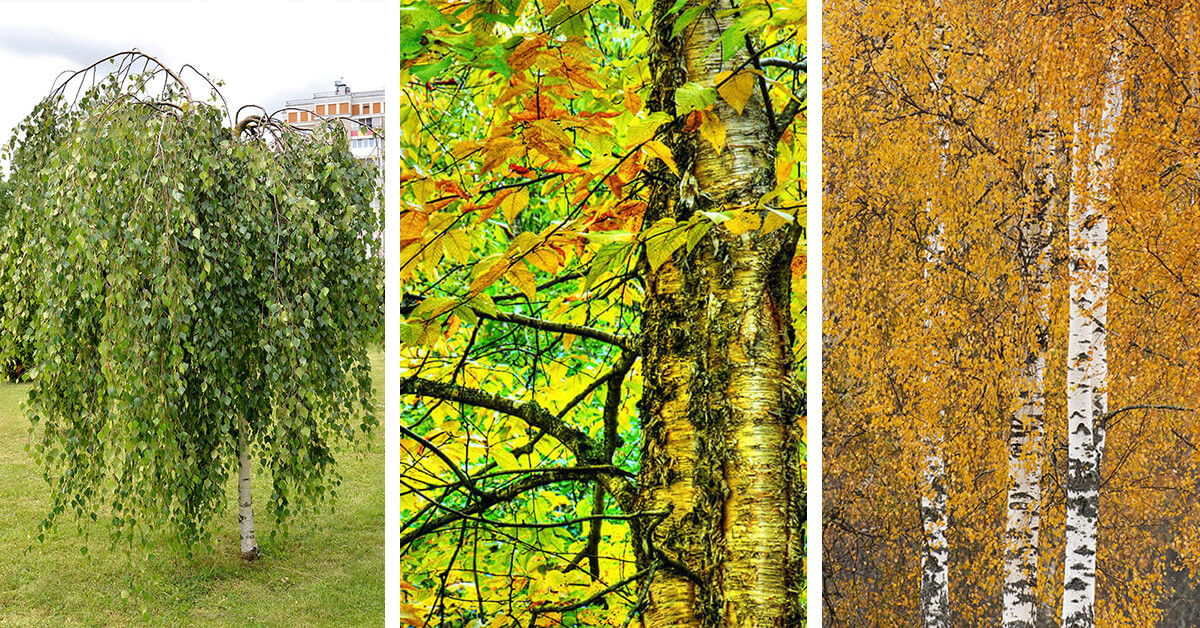With profound natural beauty, many types of birch trees are gorgeous in the garden. Types like Paper Birch (Betula papyrifera) are iconic for their bold, white peeling bark, great for creating year-round interest. While Paper Birch (Betula papyrifera) is the tallest of Birch Trees growing up to 100 feet, others are medium sized, like Japanese White Birch (Betula platyphylla ‘Japonica’) and Himalayan Birch (Betula utilis) which grows 30 to 50 feet tall. But there are types of birch trees that are great for small gardens like Young’s Weeping Birch (Betula pendula Youngii) which grows 6 to 12 feet. And Dwarf Birch (Betula nana) from arctic tundra landscapes, a shrub that grows only 6 inches to 3 feet tall.
Below, we will talk about all the beautiful attributes that differentiate our 11 delightful types of birch trees.
Key Takeaways
- Birch Trees are fast growing, short-lived trees.
- On the thirsty side, Birch Trees like moist sites and some love lots of water including Bog Birch (Betula pumila) and Water Birch (Betula occidentalis or Betula fontinalis).
- Symbolizing new beginnings, Birch Trees are known as pioneer species in natural forest settings.
- Birch Trees are from the genus Betula, with about 60 species.
- From the largest forest giants to small, ornate landscape specimens, there is a Birch Tree to fit any garden.
11 Interesting Types of Birch Trees Symbolizing New Beginnings in the Landscape
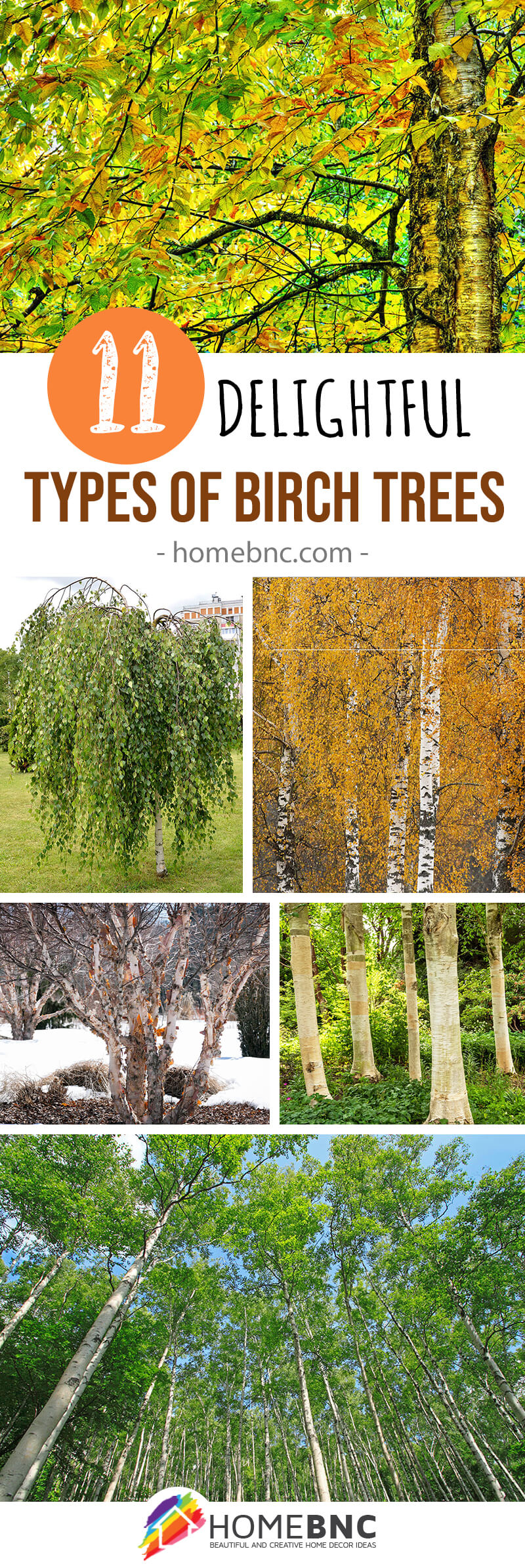
1. Paper Birch (Betula papyrifera)
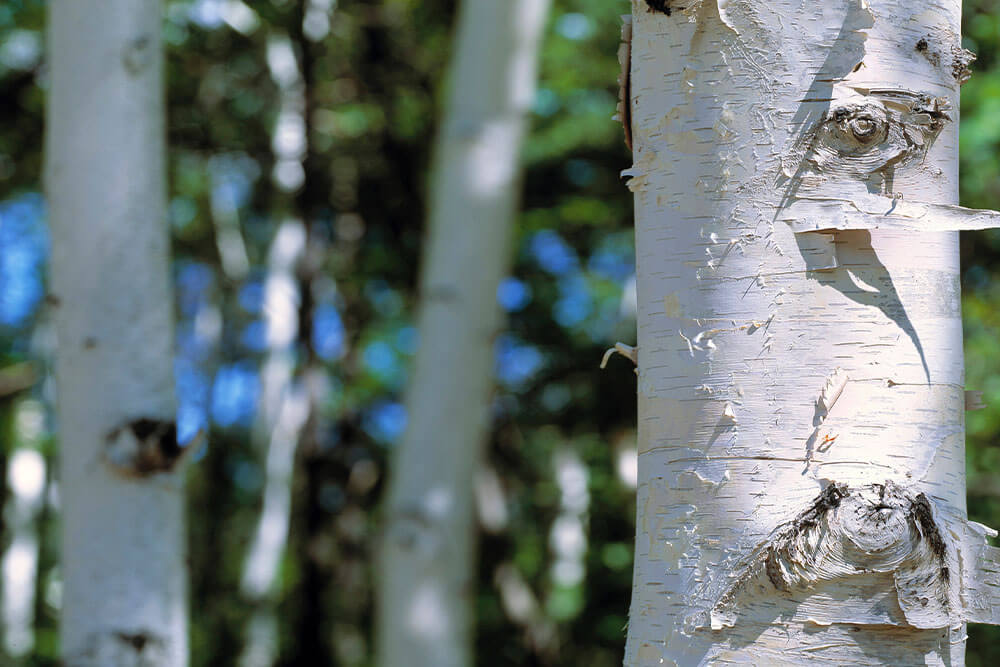
An iconic tree of the north, Paper Birch originates from northern USA and Canada thriving in moist, well-drained soils in USDA hardiness zones 2 to 7. In spring, 4-inch-long drooping catkins decorate the multi or single trunk trees. One of the earliest trees to leaf out, new leaves are the purest spring green maturing to 2-to-4-inch, dark green leaves. Providing dappled shade, Paper Birch has a rounded oval shape with open branching growing 45 to 100 feet tall.
An important host plant for emerging butterflies including the Eastern Tiger Swallowtail, Paper Birch has a multitude of benefits for wildlife and birds. This makes Paper Birch an excellent choice for butterfly and pollinator gardens. It favors moist sites so is gorgeous in the rain garden. Famous for its bright white, papery, peeling bark, Paper Birch provides fantastic winter interest, so is perfect for the winter garden scene.
2. Silver Birch (Betula pendula)
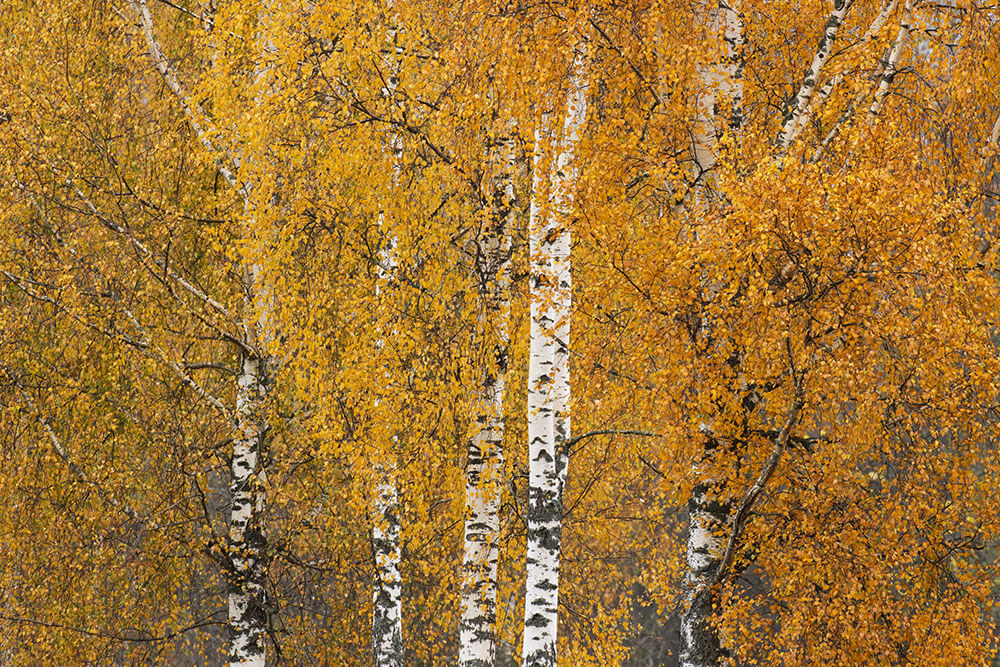
Hailing from Europe and Asia, Silver Birch is also known as European White Birch or Weeping Birch. The charming weeping habit has led to many ornamental cultivars, some large and some small. The species is hardy in USDA hardiness zones 2 through 7 and prefers moist to wet well-draining soils. It grows best in full sun. Young trees form a pyramidal crown which matures to an oval or rounded shape.
The 1 to 3 inch long, tapered oval leaves are serrated. Some cultivars, like Betula pendula ‘Filigree Lace’, and Betula pendula ‘Laciniata’ have beautiful deeply cut leaves for textural interest in the garden. In spring, yellowish 2 ½ inch catkins droop from the pendulous branches.
3. Cutleaf Weeping Birch (Betula pendula ‘Gracilis’)
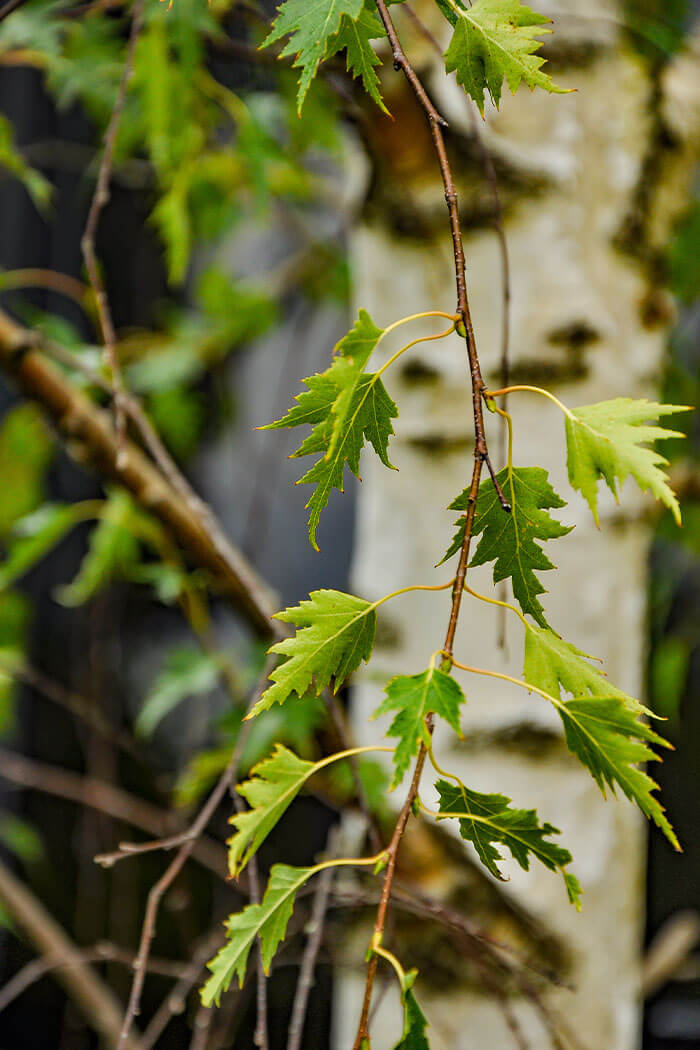
An exceptional cultivar of Silver Birch (Betula pendula), Cutleaf Weeping Birch has a dynamic presence in the garden. The long, fine, weeping habit is spectacular on this tree’s upright, narrow, pyramidal form towering 40 to 50 feet at maturity. Wonderful in the winter landscape because of the extremely bright white, peeling birch bark.
In addition to the 3 ½ inch long catkins in spring, and the warm yellow fall foliage, it is the leaves that are the standout feature of this tree. Sharply dissected with saw-tooth edges, the deep green leaves have a lace-like quality. The combination of sweeping long fine branches draped with lacy leaves is like something from a fairytale.
4. Young’s Weeping Birch (Betula pendula ‘Youngii’)
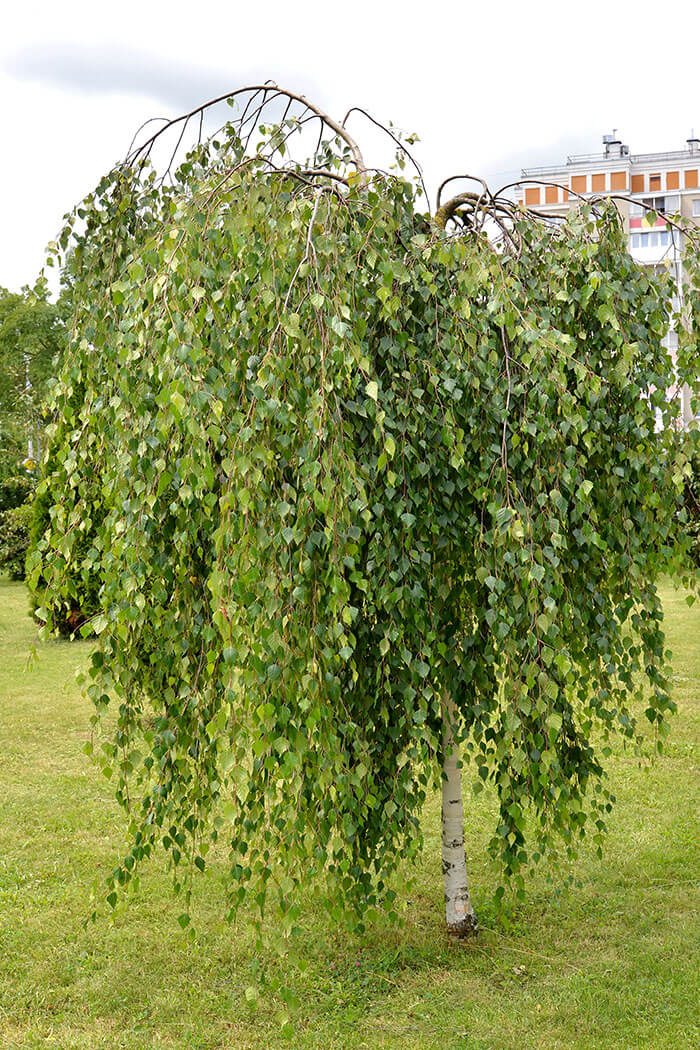
If you are wishing to plant a Silver Birch (Betula pendula) or one of its many charismatic cultivars, but are lacking in space, Young’s Weeping Birch (Betula pendula ‘Youngii’) may be the solution you are looking for. All the drama on a smaller scale, Young’s Weeping Birch (Betula pendula ‘Youngii’) grows 6 to 12 feet tall at maturity. This dwarf variety of European White Birch or Silver Birch (Betula pendula) has an intensified weeping habit. It also tolerates warmer climates and can be grown in USDA hardiness zones 3 to 9.
5. River Birch (Betula nigra)
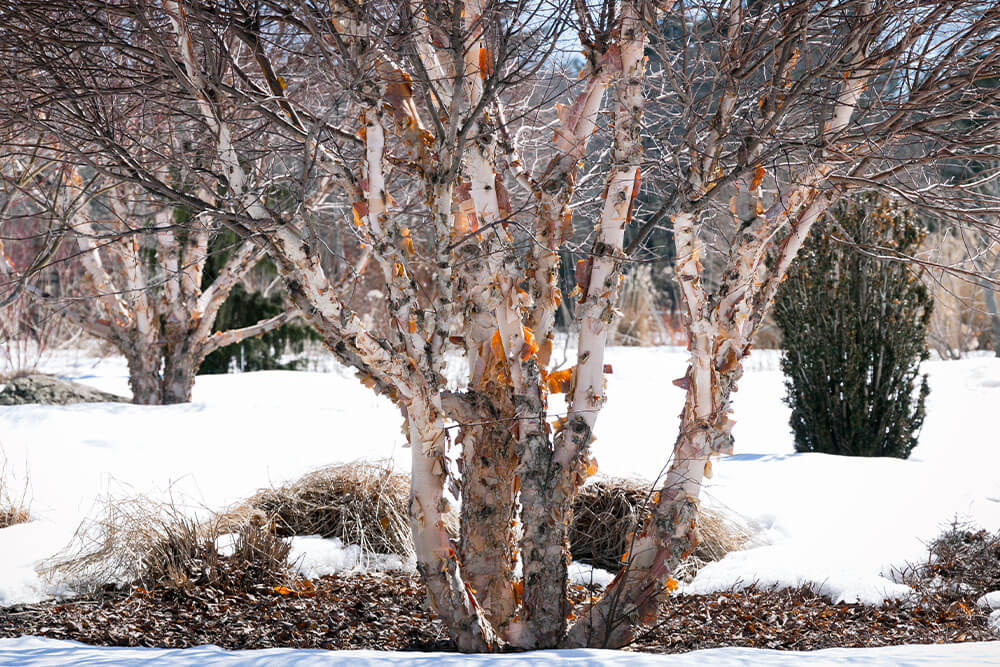
Often found as a multi-stemmed, clump-forming tree, River Birch (Betula nigra), or Black Birch, is the problem solver of the birches. Originating from eastern North America, River Birch (Betula nigra) has colorful bark in shades of salmon, red, pink, and brown that exfoliates to reveal lighter bark underneath. Growing 40 to 70 feet tall and living 40 years or more in ideal conditions, River Birch (Betula nigra) grows in USDA hardiness zones 4 to 9. River Birch is resistant to bronze birch borer (Agrilus anxius), a problem pest for many Birch Trees. And River Birch is drought tolerant compared to other birches and the cultivar, Dura Heat®, has even more success with heat and drought.
6. Water Birch (Betula occidentalis or Betula fontinalis)
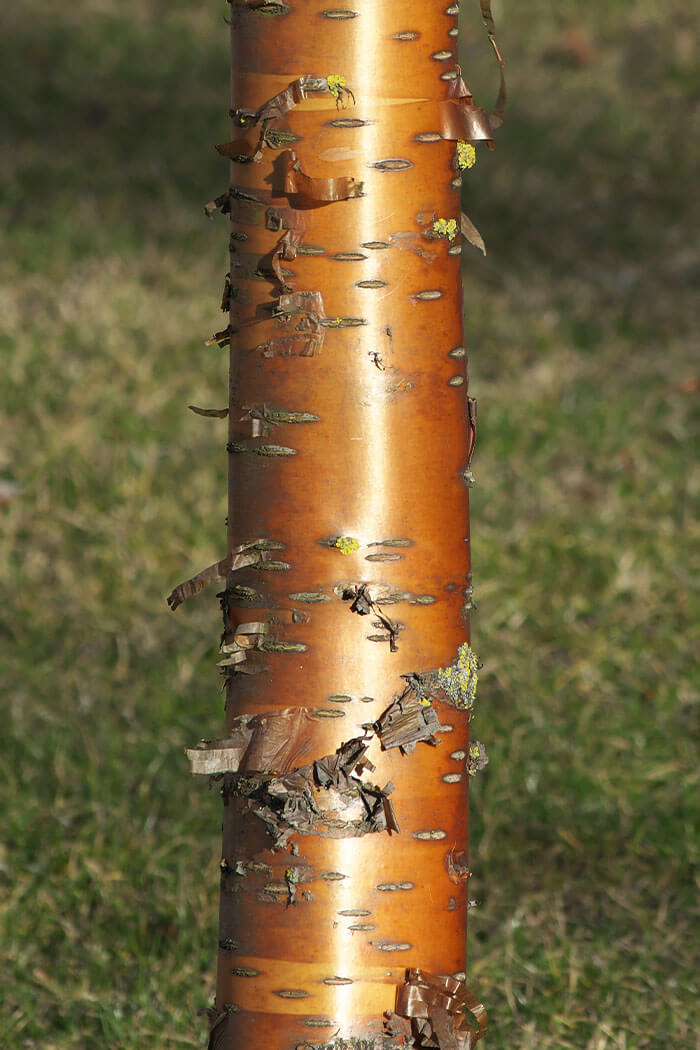
In the rain or bog garden, Water Birch (Betula occidentalis) is a fantastic choice. Grow this water-loving birch in consistently moist to wet soils along streambanks, ponds, and lowlands. It forms multi-trunked trees or tall shrubs that are lovely planted in groups. The bark is glossy, black to reddish-brown with distinctive horizontal stripes or lenticels. The trees are upright when young with open branching with age. It may reach up to 40 feet but is usually smaller with a height of 15 to 30 feet.
Native to western North America, Water Birch (Betula occidentalis) is used as food and lodge material for beavers. It is hardy in USDA zones 2 to 6.
7. Bog Birch (Betula pumila)
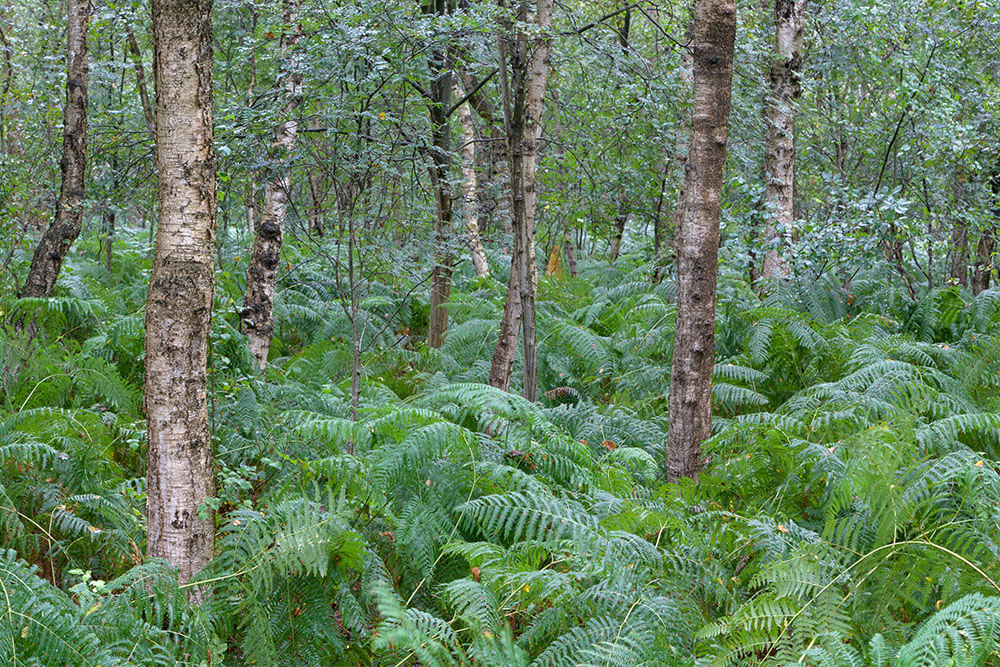
A smaller, water-loving birch tree, Bog Birch (Betula pumila) loves moist to wet sites and has a tolerance for clay and alkaline soils. It is native to North America and is hardy in USDA zones 2 to 9. Also known as American Dwarf Birch, Bog Birch (Betula pumila) is clump-forming and grows just 5 to 10 feet tall.
Leaves have coarse, sharp teeth and are dark green on top and lighter on their lower surface. The fan-shaped leaves have rounded tips and are wedge-shaped at the base. Smooth branches are hairy when young and deep maroon to reddish brown in color.
8. Cherry Birch (Betula lenta)
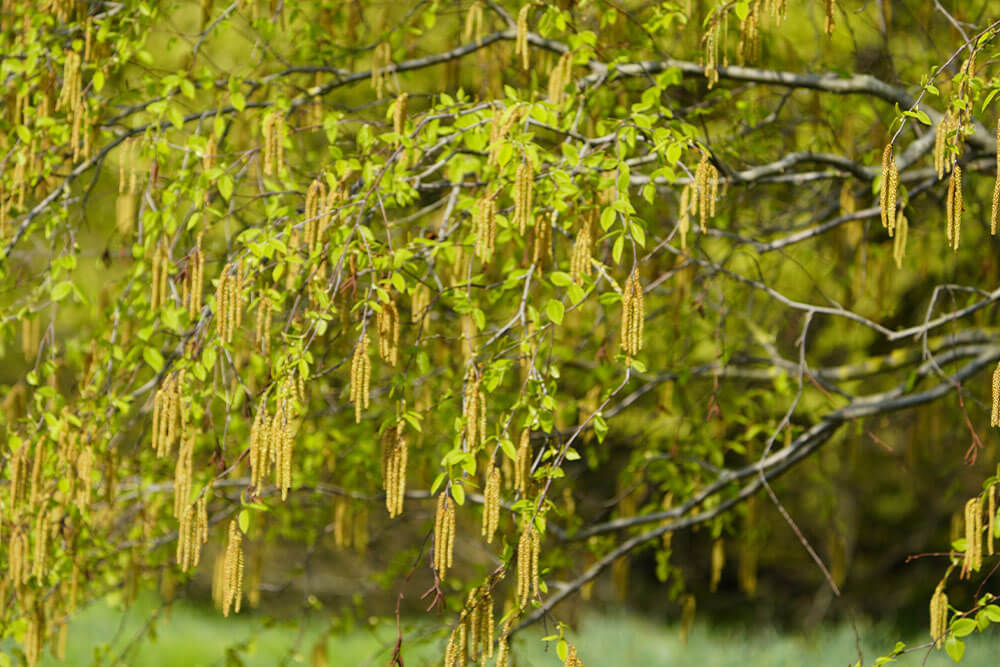
Also known as Sweet Birch, Cherry Birch (Betula lenta) originates from eastern North America. It is an endangered species in its northernmost range, so it may be beneficial to grow this beautiful Birch. It is an important host tree for several moths and butterflies including Mourning Cloak, Dreamy Duskywing, and Eastern Tiger Swallowtail. Birds eat the seeds and refuge in the branches. It also provides food for deer, moose, and rabbits.
Growing 40 to 70 feet, Cherry Birch (Betula lenta) is hardy in USDA hardiness zones 3 to 8 and has resistance to Bronze Birch Borer. Its attractive shiny red-brown bark and yellow fall foliage add interest in the landscape.
9. Yellow Birch (Betula alleghaniensis)
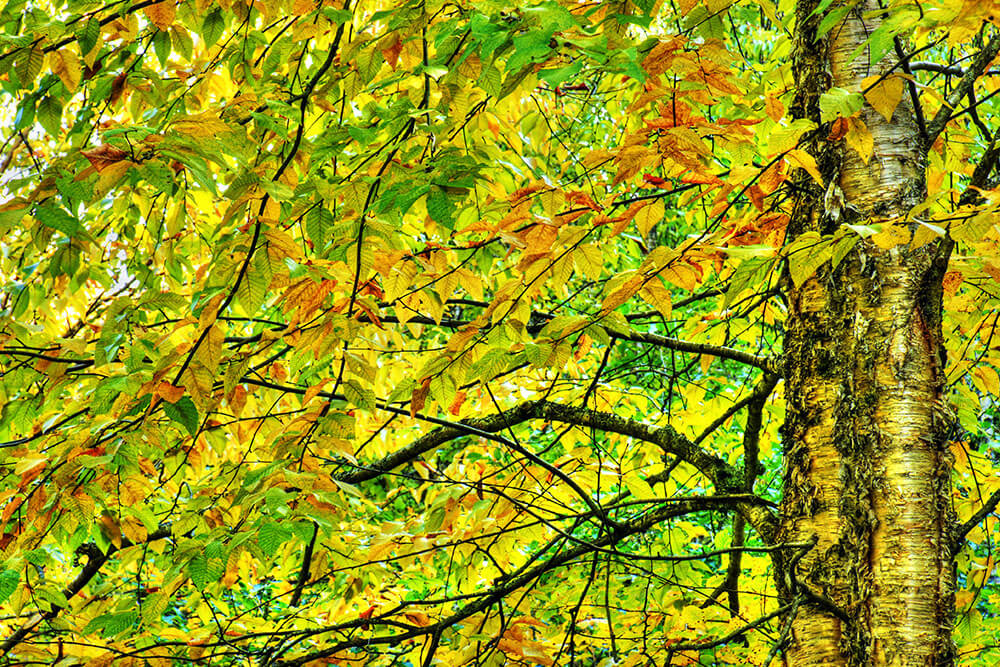
This gorgeous Birch Tree is stunning with its yellow-bronze peeling bark, for which it is named. It also has an outstanding bright yellow fall color. Catkins are 2 ½ to 4 inches long and form in clusters from the branch tips. Leaves are dull dark green, large, with toothed margins and pointed tips.
It is a long-lived birch species native to North America that is an excellent provider of food and shelter for songbirds, small mammals, and many beautiful butterflies and pollinators.
Yellow Birch (Betula alleghaniensis) grows as a single-trunk tree 50 to 80 feet tall. Hardy in USDA zones 3 to 7, it makes a good shade tree, preferring full sun to part shade in fertile, well-draining, sandy loam soil.
10. Himalayan Birch (Betula utilis ‘jacquemontii’)

Himalayan Birch (Betula utilis) has bragging rights of being the type of Birch Tree with the brightest white bark. Exceptional in the winter landscape, the open branching and pyramidal form shows off this graceful tree while highlighting the admirable peeling bark. Showy long catkins droop from the structural branches in spring and Himalayan Birch (Betula utilis) is noted for its fantastic fall color.
Originating from the Nepalese area of Asia, Himalayan Birch (Betula utilis) is a hardy tree in USDA zones 4 to 7. It gets stressed in drought and warm climates making it susceptible to Bronze Birch Borer and other pests. Like other Birch Trees, keep Himalayan Birch moist to wet. It does best in cool climates.
Notable cultivars have been developed from this exceptional ornamental tree to eccentuate features of bark color, size, shape, and growth habit. A few lovely examples, winners of the Royal Horticultural Society’s Award of Garden Merit are ‘Fascination’, ‘Forest Blush’, and ‘Park Wood’.
11. Japanese White Birch (Betula platyphylla ‘Japonica’)
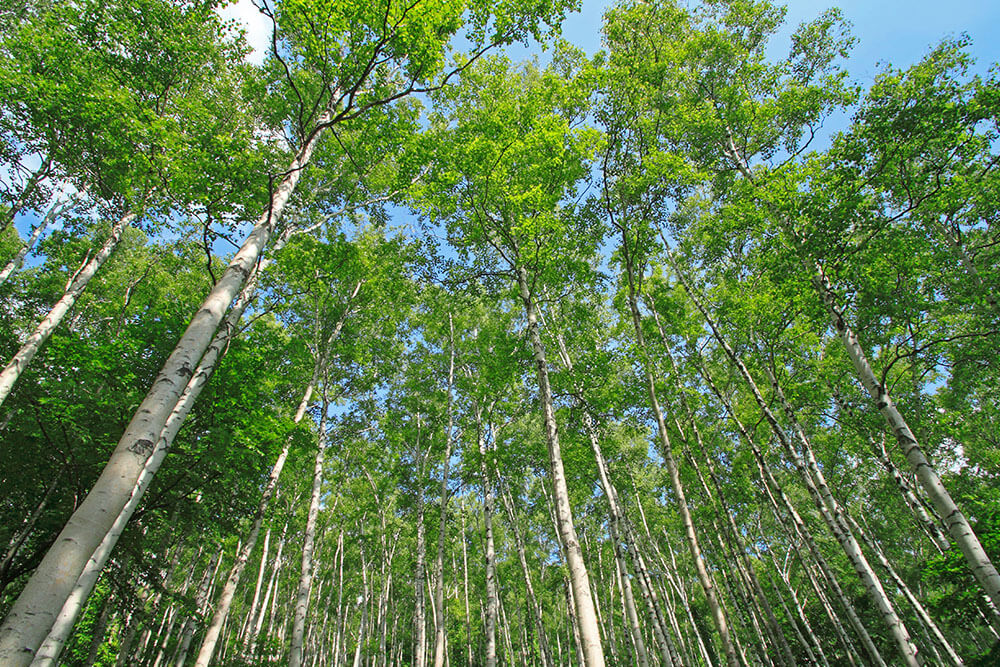
This native of Manchuria, Korea, and Japan is a graceful addition to the landscape in cooler climates. This birch tree tolerates shade a little bit more than the other on this list. But it is susceptible to pests including the Bronze Birch Borer, especially when stressed. It is worthwhile to avoid planting this tree where it will get too hot and dry.
Preferring an eastern or northern exposure, Japanese White Birch (Betula platyphylla ‘Japonica’) grows 40 to 50 feet tall and is noted for USDA hardiness zones 3 to 8. Although, if you have your heart set on a type of Birch Tree, River Birch (Betula nigra) would be a better choice in warm and dry areas.
[wp-faq-schema title=”Frequently Asked Questions About Birch Trees” accordion=1]11 Iconic Types of Birch Trees for Year-Round Garden Interest
With so many types of Birch Trees to choose from, it is fun to think about which one is perfect for your garden. Some are great for a rain garden or bog-like setting including Water Birch (Betula occidentalis) and Bog Birch (Betula pumila). One type of Birch Tree that stands out as a problem solver is the Bronze Birch Borer-resistant River Birch (Betula nigra) which is also heat and drought tolerant compared to other Birch Trees. The lovely, serrated leaves, interesting bark, gorgeous forms, golden fall color, and the benefits to wildlife, each type of Birch Tree has something to contribute to the garden year round.

